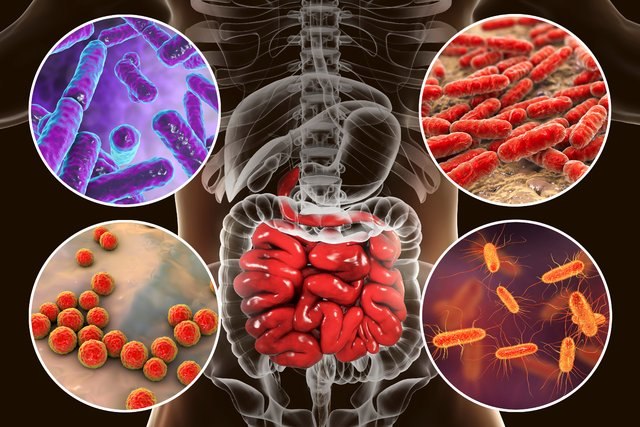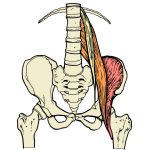Reading Time: 4-5 Minutes – Why Instant Gratification is Killing Us All. Welcome to the World of Addiction. Now go home.
WE WANT THE DOPAMINE, AND WE WANT IT NOW DAMMIT!!!
Is it easy to eat a whole-food/plant-based diet?
YES and NO.
It’s even harder to eat one that is completely uncooked. It takes a lot of discipline, although it can be done. I speak from experience.
I have more than 5 years of sobriety and am very thankful for A.A. as a support program that helped me attain that goal. After much reflection on what it means to be an addict driven by compulsive behaviors and less-than-stellar decisions, it has become very clear to me that alcohol was not the only thing I was addicted to. And I have a feeling we, as humans, are all addicts to one degree or another.
I discovered this as I moved away from eating foods made with animals. Not during the transition, but once they were gone. Cooked foods followed shortly thereafter. And with those things off the table added salt pretty much disappeared. There was nothing to put it on…LoL! Everything now was already full of flavor and didn’t need any help.
This…THIS is when I found out just how much of an addict I had been all of my life and what the true source of my many addictions was. Anything processed by the hands of man.
I have yet to look for scientific data to back me up, but I am pretty certain it has everything to do with the bacterial colonies that our body has to build up in our gut to deal with, ‘ALL THINGS PROCESSED.’ And the reason it must employ this additional digestive process is that OUR body is not meant to consume processed foods by nature, design, or evolution, whichever creative paradigm you believe in.
According to our best understanding, the human microbiome may weigh as much as five pounds. The microbiome is what some would refer to as our ‘gut buddies.’ And some people have more than others.
It is my suggestion that the combination of this biological process along with the introduction to processed foods in the last 200 years that we have all become creatures of habit or addicts. Not addicted to any specific foods really, but the reward one gets from eating processed foods. The instant gratification we get from putting anything processed in our body is the problem because we are taking a shortcut directly to the reward. We are skipping past all of the hard work of growing and harvesting our foods. We are skipping past all of the hard work chewing every last bite to a dehydrated, flavorless pulp before swallowing. And this is the problem.
Instant gratification by removing the risk and hard work that was part and parcel of human development over many thousands of years. And this is where an uncooked whole-food/plant-based diet is hard. At least at first because we have to get used to not being rewarded instantly, and that is a hard thing to walk away from.
WE WANT THE DOPAMINE, AND WE WANT IT NOW DAMMIT!!!
And this is where 5+ years of sobriety and understanding addiction to alcohol really helped me out. It made it very clear that consuming anything processed results in addiction and compulsive behaviors. We literally CRAVE the stuff. And I have a feeling processed food manufacturers know this.
All that to say…If you choose this lifestyle, it won’t be an easy transition. No easier than quitting smoking, alcohol, drugs, you name it. It is all addiction, plain and simple and it is not you craving those foods but the gut buddies(bacteria) inside of you that our processed/cooked food diets planted deep inside of our gut.
Michael J. Loomis | Editor at Chew Digest | Scribe at Terrain Wiki

